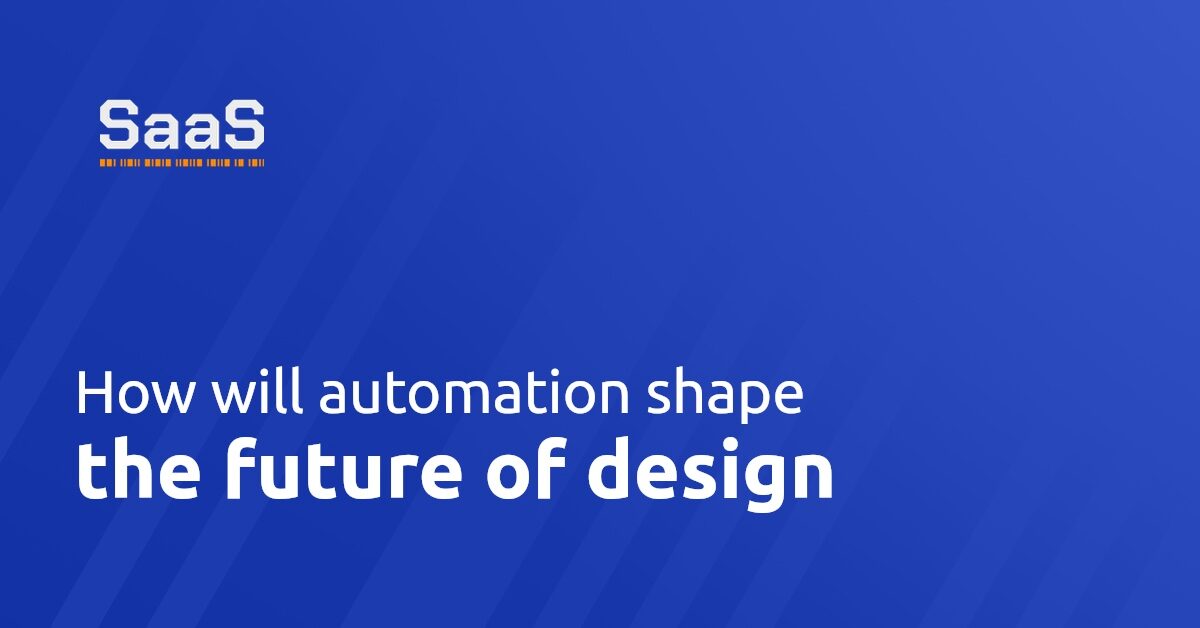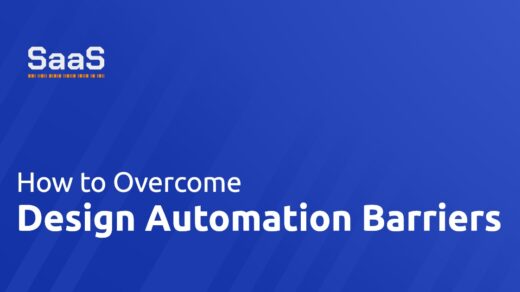How will automation shape the future of design?
Automation has brought about a major shift in numerous sectors, and design is no exception. The days of labor-intensive, time-consuming design processes are slowly becoming a thing of the past as automation accelerates workflow, boosts productivity and lowers overall costs. With its ability to streamline processes and reduce human error, automation is set to revolutionize the design field. It frees designers from tedious tasks, allowing them to focus on more complex and creative aspects.
Automated design tools are not just efficient; they are also highly accurate, leading to precise results. They can quickly identify and rectify flaws that could potentially damage a company’s reputation or bottom line. Automation makes it possible to create multiple design iterations too quickly and accurately, paving the way for rapid prototyping.
Can design automation revolutionize industries?
The influence of design automation isn't just confined to the design industry. It transcends boundaries and has the potential to transform a variety of sectors, including manufacturing, architecture, and fashion. By introducing an element of precision and efficiency, automation can streamline manufacturing processes, reduce waste, and improve overall product quality.
Architecture can particularly benefit from design automation. With software capable of generating detailed floor plans in a matter of minutes, architects can focus more on the aesthetic and structural elements of their projects. In the fashion world, design automation could expedite the clothes design process, enable production on demand, and largely reduce waste resulting from overproduction.
Challenges and opportunities in design automation
Despite its numerous benefits, design automation isn't without challenges. It mandates a level of technology understanding, which might prove daunting for some. The incorporation of AI and machine learning in the design process might also necessitate retraining staff to adapt to new technological dimensions.
However, these initial obstacles hide a world of opportunities. Automation can unburden designers from mundane tasks, allowing them to explore and realize their full creative potential. As the technology evolves and becomes more user-friendly, even those without a deep technical understanding can harness its power, bringing about an era of designers and artists powered by artificial intelligence.
The potential of artificial intelligence in design automation
Artificial Intelligence (AI) has been a game-changer in many fields, and the same is true for design automation. AI algorithms can execute tasks that used to take days, in just a few moments. From creating designs based on predefined specifications to suggesting improvements and corrections in existing designs, AI offers a range of benefits.
One of the most exciting prospects of AI in design automation is generative design. This is where the AI presents countless design options based on specific criteria such as functionality, material type, and manufacturing method. This allows for a highly specific design process and results in improved quality and efficiency. The introduction of machine learning adds an additional layer, enabling the system to learn from past designs and improve future ones.
Design automation, powered by advancements in AI, is undeniably shaping the future of design. Its influence goes beyond individual designers and companies to impact industries as a whole. As technology continues to evolve, we can only expect a more dynamic, efficient, and innovative design landscape.








